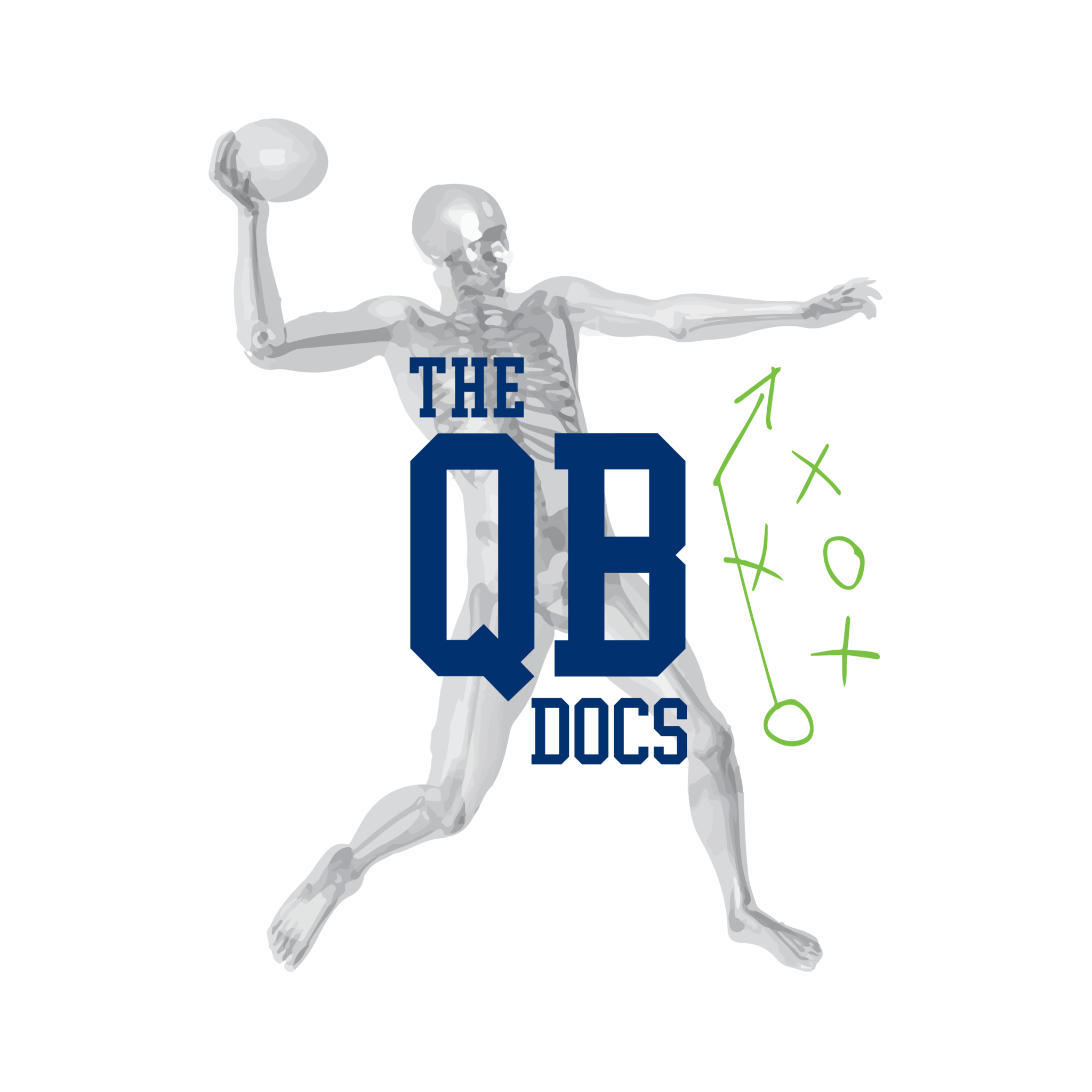One of the questions we get a lot of times is “Well, you guys put out so much content, but where do I first start if I’m a QB looking at your stuff?” That’s a pretty loaded question if you as me because it all depends on the specific impairments you present with as a QB, but we are going to do our best to give 3 videos of where to start this process of becoming a better QB. Have you been a bit overloaded on where to start? Look no further. Today, we will be helping you greatly.
1. The Ideal Release Point
Sometimes we think it is quite confusing trying to sift through all the information out there on the “perfect throwing motion.” Let’s get something straight. The perfect throwing motion doesn’t exist. That is totally fine though! No quarterback out there should try to be perfect. Every quarterback should be trying to figure out where there impairments/adaptations are and then how to fix these impairments to be the best possible quarterback that your body allows you to be. A good place to start is to take a long, hard look at the release point of your throw. As you can see above, the loading phase can be extremely different between a lot of quarterbacks. There can be a lot of variability here. Where there’s really a lot of commonality in the ability to throw the football is through the release point of the football.
The pictures above are the same 3 guys during the release point of their throw. Pretty similar huh? Is this by accident? Absolutely not. When looking at the release point of the throw, there has to be a few common denominators in order for a QB to throw with success.
- Fully Extended Hip on the Drive Leg
- Stable Trunk with the Rib Cage Down
- Ball Exiting Hand in Front of Torso
- Vertical Trunk Position
The players that exhibit these qualities always have the best balance, power, accuracy, and overall efficiency in their throwing motion. The only problem is that most of the times, quarterbacks have impairments/adaptations that prevent them from getting to this ideal release point. Check out the video below to get a better grasp on why the release point is so important to every QB out there.
2. Trailing Leg Syndrome
So we have talked about what it’s “supposed to look like” during the throwing motion, but what about when it doesn’t look like it should? What happens in the body and what are the causes? Well, for anyone that follows us, you know that we are obsessed with the ability to have range of motion through the hips. Quarterbacks that lack range of motion in their hips are automatically going to struggle getting to the ideal release point that we talked about above. There are actually a list of signs and symptoms to look for when there are mobility issues in the hips and we refer to this as “Trailing Hip Syndrome.” The video below will explain in great detail about “Trailing Hip Syndrome” and how to properly assess this problem that 75% of quarterbacks present with.
3. Hip Flexor Stretch For Quarterbacks
So we have given you what the ideal release point should look like and what a common issue is that can be a huge flaw for a good release point, but how do quarterbacks start to fix this flaw? Well, we have the answer! The problem is that there is tone/stiffness in the hip flexor musculature (most commonly the psoas) that will always prevent a good release point unless it is attacked very specifically. Please understand that there is almost always a neuromuscular component that is also preventing proper hip extension, but this stretch is a good place to start. When watching the video below, pay close attention to the set up and the cueing involved to get the stretch to work like it should. This could be a game changer for a lot of you!
We know that there are ALL KINDS of problems when it comes to all the different types of throwing motions out there. That’s why we have developed our own QB Performance Screen to tease these impairments out. With that said, this is a great base level understanding of what the throwing motion should look like, should not look like, and then also how to fix the problem if it is messed up. We would love to help you in any way we can! Please text/call at 812-343-4226 or email at [email protected].
-Drew Kiel PT, DPT, CSCS
